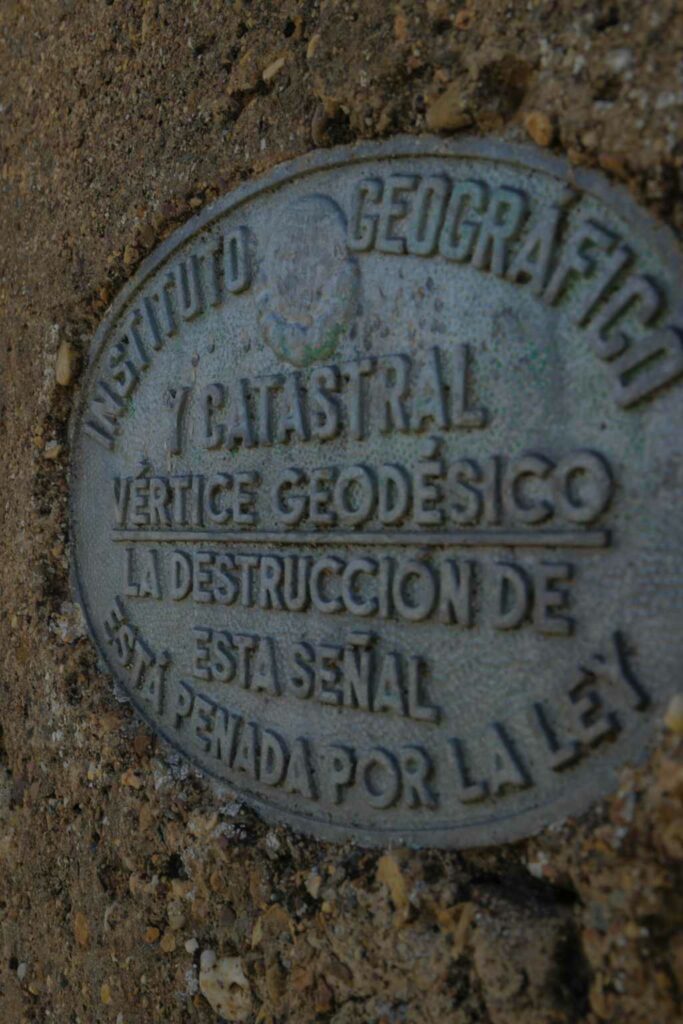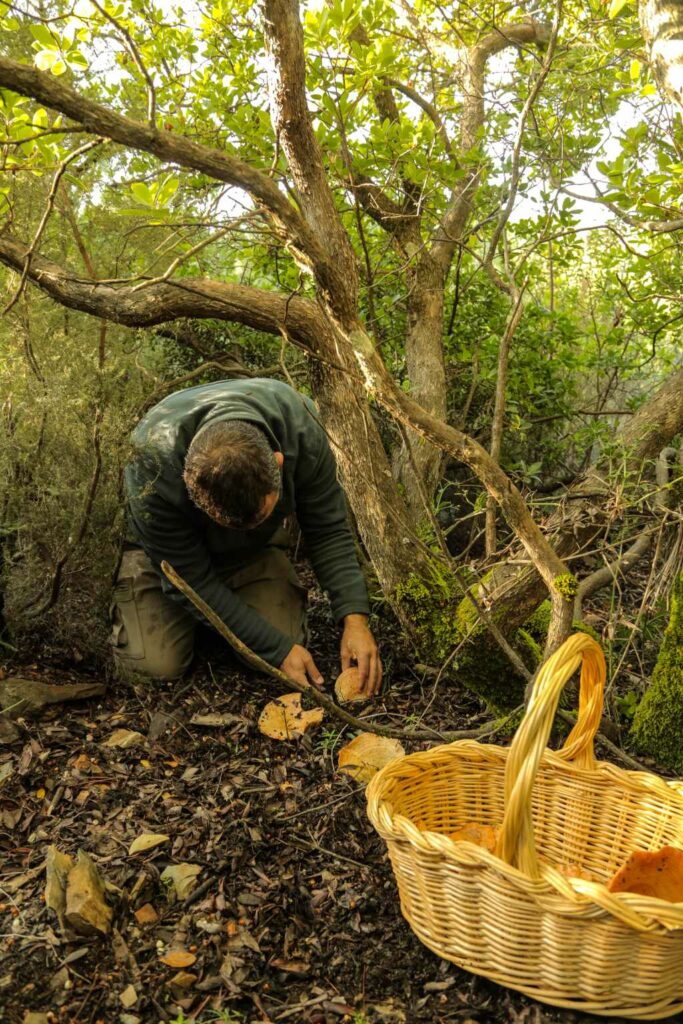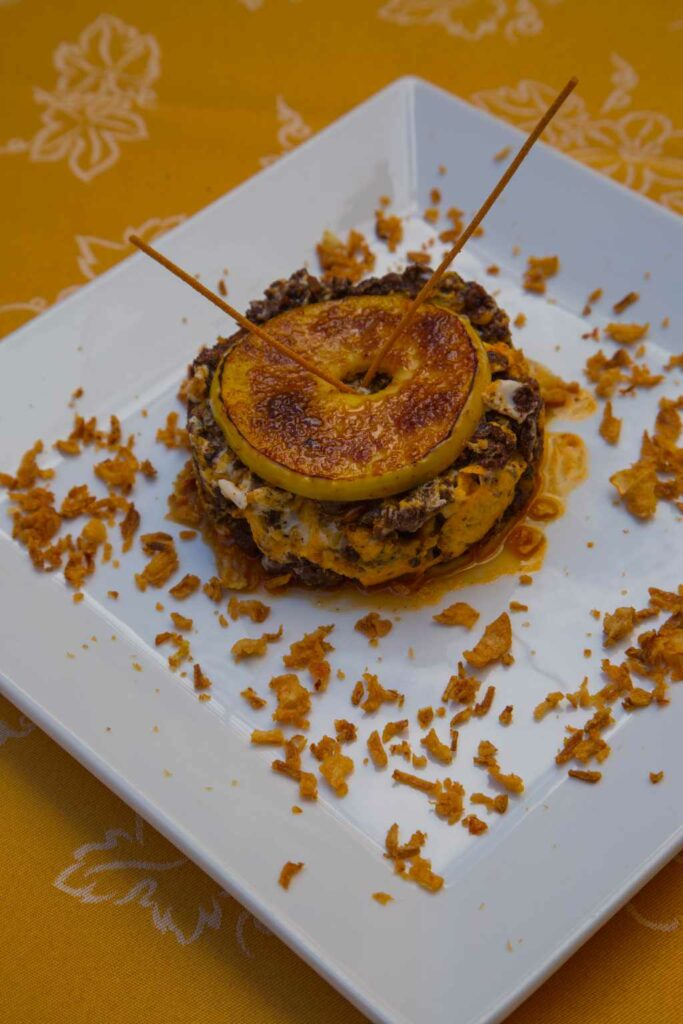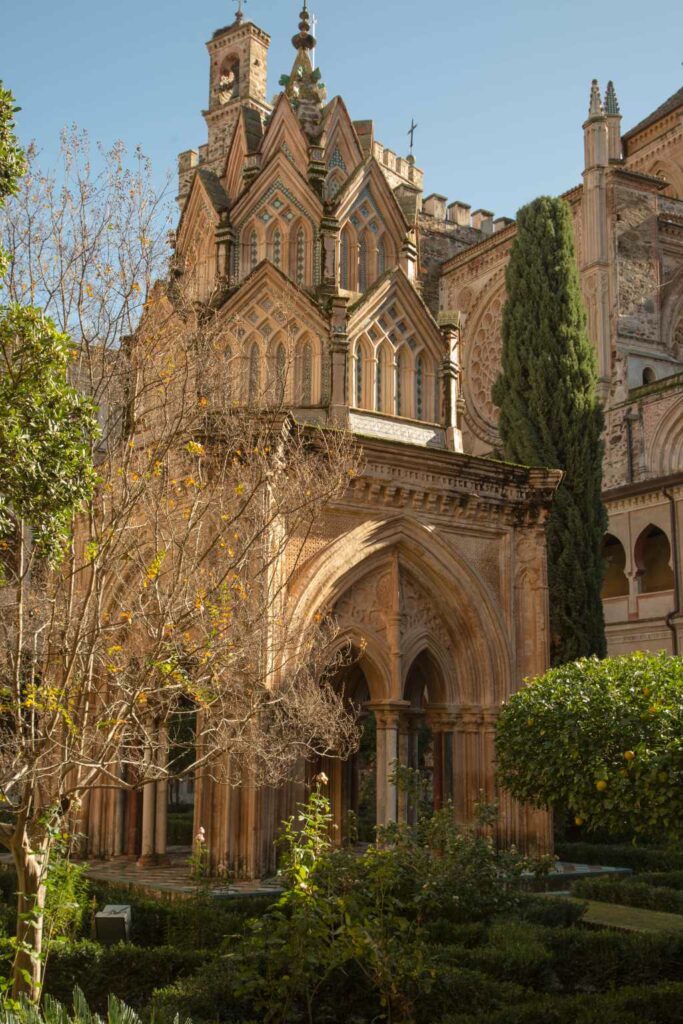Royal Path from Madrid
A little history…
This route, already used as a means of communication by the Romans and later by the Arabs, played a determining role after the construction of the Monastery of Guadalupe in the 14th century; mainly in the pilgrimages that linked it with Castile, it was one of the most frequented routes since the Late Middle Ages, having its greatest apogee between the 15th and 16th centuries. Widely described and cited by numerous sources, it represented a roadbed for Marian devotion and the adventure of thousands of pilgrims who traveled throughout the year from very different parts of the Spanish geography. Multiple illustrious travelers were recording, at different times, the places they traveled and visited on their long journeys along the Camino Real; those places, sidewalks, inns and villas that made up the historical markers of our route and that have been very useful for, moving and adapting them as much as possible, to rebuild the Camino.
The importance of Guadalupe as a pilgrimage center during the 14th to 16th centuries is indisputable, especially after the conquest of Seville that displaced the Castilian court to the south, leaving Santiago far away for the frequent pilgrimages in demand of graces and indulgences.
Alfonso XI and his son Pedro I favored the creation of the Secular Priory of Guadalupe and the construction of a Sanctuary for pilgrimages, thus consolidating this route, with a hospital, schools, hostelry and other services. But the Catholic Monarchs would be the architects of the consolidation of the Camino Real, with the queen having traveled to Guadalupe sixteen times using this Camino at least seven times.
The designation as Camino Real is consolidated in Austria’s Spain, for having been protected and used by its different monarchs. Called at that time “royal roads”, communication routes that belonged to the king and therefore could not be alienated, or broken, or invaded. Also known as ‘horseshoe paths’, as they are paved. It was also an itinerary for the post to carry the royal mail.
Religious personalities arrived on pilgrimage, such as San Pedro de Alcántara, Santa Teresa de Jesús, San Francisco de Borja… And other personalities, such as Christopher Columbus who brought the Indians Cristóbal and Pedro here to baptize, or later Miguel de Cervantes, who came to offer his chains to the Virgin after being released from the dungeons of Oran.
Thus it was that until the end of the 17th century Guadalupe retained its pilgrim character and spiritual center of the kingdom, since it enjoyed the appreciation of the house of Austria.
Guadeloupe Tourist Office
Plaza Santa María de Guadalupe, 10140 · Guadalupe
Tel: 927 154 128
oficinadeturismo@ayuntamientodeguadalupe.es
Aprodervi
10136 Cañamero · Cáceres
Tel: 927 369 429
Fax: 927 369 196
www.aprodervi.com.es



